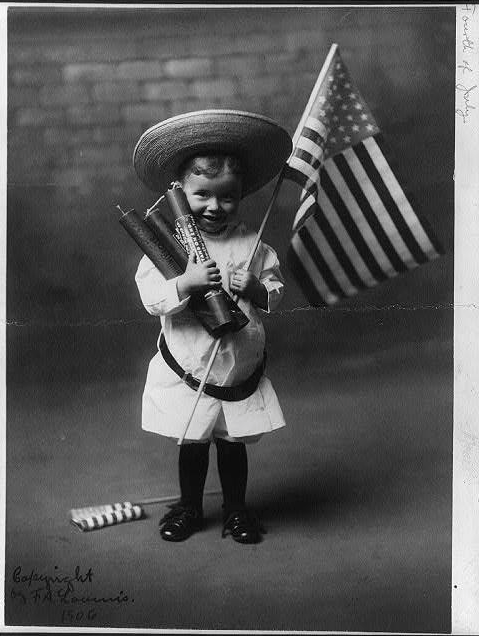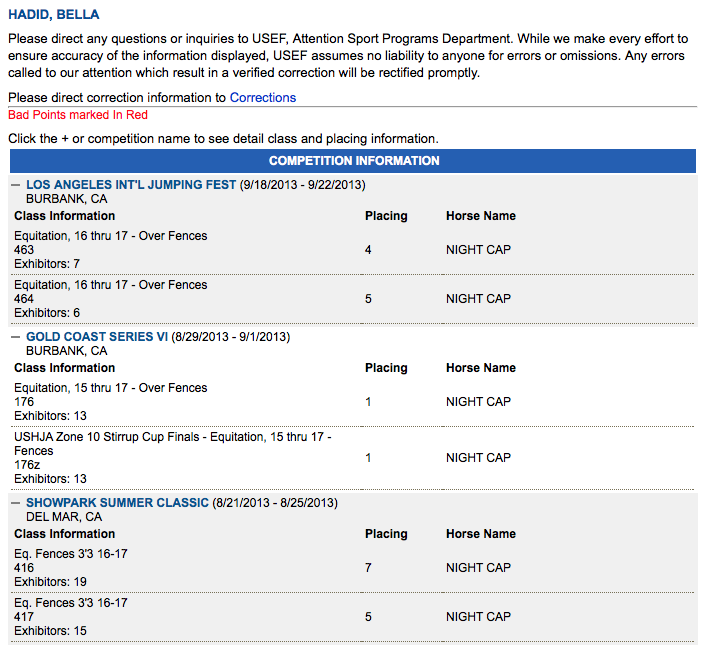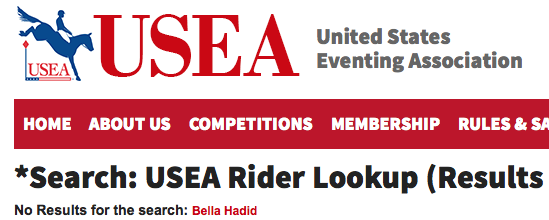July is my most nerve wracking time of the year. Here’s how I deal. This post originally appeared on Horse Nation.
Before the Crazy
1. Take a current photo of every pet — including horses — in case they escape.
I photograph both sides and get a detailed shot of each horse’s face. A police officer once recommended taking the photo with myself or a family member, to be used in the event someone else tries to claim my horse. *Ideally the photos below should be on flat ground where his white stockings would be easier to identify.
2. Don’t be afraid of supplements.
One of my horses is a nervous wreck if the neighbor mows their lawn at an odd time, so I’m definitely not afraid to give him a little “happy paste” when small scale explosions are expected. I prefer non-presription options such as chamomile, but if you have a competition in the near future I’d go with something along the lines of SmartPak’s SmartCalm.
3. Don’t ride, but spend lots of time hanging out.
This is entirely my opinion based on my horse’s preferences. Some horses might feel more tense if they don’t get worked, but my crew tends to enjoy a refreshing bath and – our only 4th of July tradition – eating watermelon.
4. Prepare for injury.
Keep an appropriate first aid kit on hand to treat any wounds should your horse spook and hurt him or herself.
5. Make a goodie basket for neighbors.
This is something I just started last year and the goodwill came back in folds. Basically, I threw together a bunch of snack foods and drinks in goodie baskets and gave them to every neighbor within a quarter mile. Attached was my cell phone number and a little note asking them to text a quick head’s up before they started shooting fireworks. The plan worked beautifully, giving me plenty of time to safely tuck my herd away.
During the Hoopla
1. Check everything twice.
Keep horses and livestock in safely fenced areas and as far from the excitement and noise as possible.
2. Leave on the lights and radio.
In my opinion, it’s not the loud noises and bright lights that scare horses but the sudden loud noises and bright lights. Having a base line from a radio softly playing and a few overhead lights can help soften the blow.
3. Load them up with hay.
A horse that’s eating is a horse that’s happy. Keep them stationary and plugged into that small hole hay net.
The After Party
1. Check your pastures for firework debris.
2. Smile knowing you’ve survived yet another instance of otherwise sane people blowing things to kingdom come. Happy Birthday, ‘Murica!





































